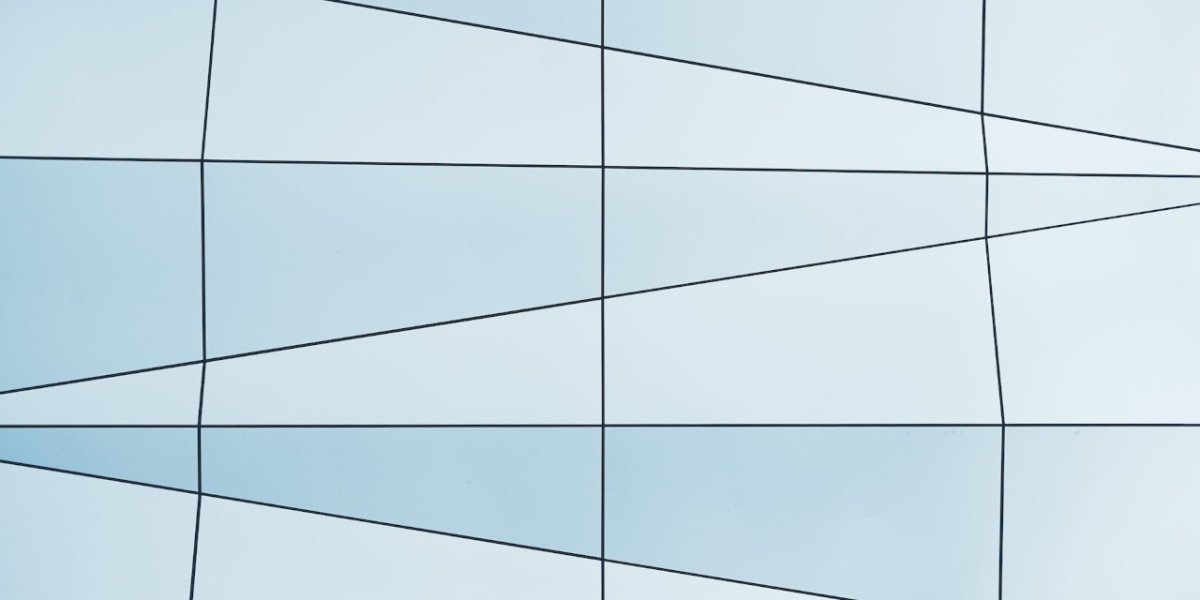Study MBBS in Iran has been a popular choice for international students wishing to pursue MBBS, especially those from India. Iran provides outstanding chances for those aspiring to become doctors with reasonably priced tuition, internationally recognized degrees, and top-notch instruction. The nation's medical schools offer cutting-edge infrastructure, knowledgeable instructors, and hands-on experience through clinical rotations.
Why Choose MBBS in Iran?
Reasonably priced tuition: With annual fees ranging from USD 3,000 to USD 6,000, Iranian colleges provide education at a lower cost than those in Western nations.
Internationally Recognized Degrees: Iranian medical degrees are accepted by the NMC and WHO, enabling graduates to work or further their study anywhere in the globe.
Modern Infrastructure: Universities have state-of-the-art labs and affiliated medical facilities, which give students crucial real-world exposure.
English-Taught Programs: To ensure accessibility for overseas students, numerous universities offer MBBS programs in English.
Cultural Diversity: Iran provides students with an enriching experience by combining traditional customs with contemporary ways of life.
Iran's Top Medical Universities
Tehran Medical Sciences University
Medical Sciences University of Shiraz
Medical Sciences University of Mashhad
Medical Sciences University of Isfahan
Golestan Medical Sciences University
These universities are renowned for their clinical training and research emphasis, knowledgeable faculty, and well-organized medical programs.
Course Format and Length
The six years that make up Iran's MBBS program are as follows:
Core disciplines like anatomy, biochemistry, pathology, pharmacology, and community medicine are covered over the five years of academic study.
One-year internship: Clinical rotations during the last year give students practical experience in hospitals connected to the institution while being supervised by seasoned medical professionals.
Requirements for Admission
Educational Requirements: Candidates must have earned at least 50% of the possible points in Physics, Chemistry, and Biology during their 10+2 coursework.
To be eligible for admission and future practice in India, Indian students must pass the NEET exam.
The candidate must be between the ages of 17 and 25.
Language Requirements: Although English is used in many programs, it is advised to master the basics of Farsi in order to communicate effectively during clinical practice.
Medical Fitness Certificate: To guarantee a student's suitability for medical study, a health certificate is necessary.
Procedure for Admission
Application: Students must use the online application site of the university.
Document Submission: Copies of your passport, NEET scorecards, academic transcripts, and other required paperwork must be turned in.
Offer Letter: Students get an admission letter after being accepted.
Application for Visa: Students must submit an application and provide the necessary paperwork for a student visa to Iran.
enrolling: Students must finish the university's enrolling procedure after arriving.
Living expenses and tuition fees
Cost by Category (USD)Price (INR) (approximate)
Annual tuition fees range from $3,000 to $6,000.2.5 to 5 lakh
Annual Hostel Fees: 800–1,200Between 65,000 and 1 lakh
Monthly living expenses range from $300 to $500.Between $25,000 and $41,500
Iran is a desirable location for international students since it provides reasonably priced housing and living expenses.
Financial Aid and Scholarships
International students can apply for scholarships and fellowships from a number of Iranian universities, which are awarded based on financial need and merit. By lowering tuition costs, these awards lessen the financial strain on students.
Career Opportunities and Clinical Training
During their clinical rotations, students get hands-on experience at hospitals connected to the university, which improves their medical knowledge. Students can take a variety of license tests after graduation, including:
PLAB (UK), USMLE (USA), and FMGE (India)
Graduates who pass these tests can continue their education or practice medicine anywhere in the world.
Iranian Culture and Student Life
Iran provides a distinctive cultural experience by fusing traditional customs with contemporary conveniences. Universities enhance students' lives by offering cultural events and extracurricular activities. International students can easily adjust to their new surroundings with the help of a variety of student support programs.
The difficulties of MBBS studies in Iran
Language Barrier: Students may need to learn some basic Farsi for patient interactions during clinical practice, even though the courses are offered in English.
Cultural Adjustment: Although colleges offer assistance to help overseas students settle in, it may take some time to get used to Iran's cultural customs.
Licensing Exams: In order to practice in many nations, graduates must pass tests such as the FMGE, USMLE, or PLAB.
In conclusion
Iran's MBBS program provides a comprehensive education with reasonable costs, state-of-the-art facilities, and degrees that are respected throughout the world. Language acquisition and cultural adjustment are two obstacles that students may encounter, although these are outweighed by the advantages. Iran is a great option for anybody looking for high-quality medical education with global employment prospects.







